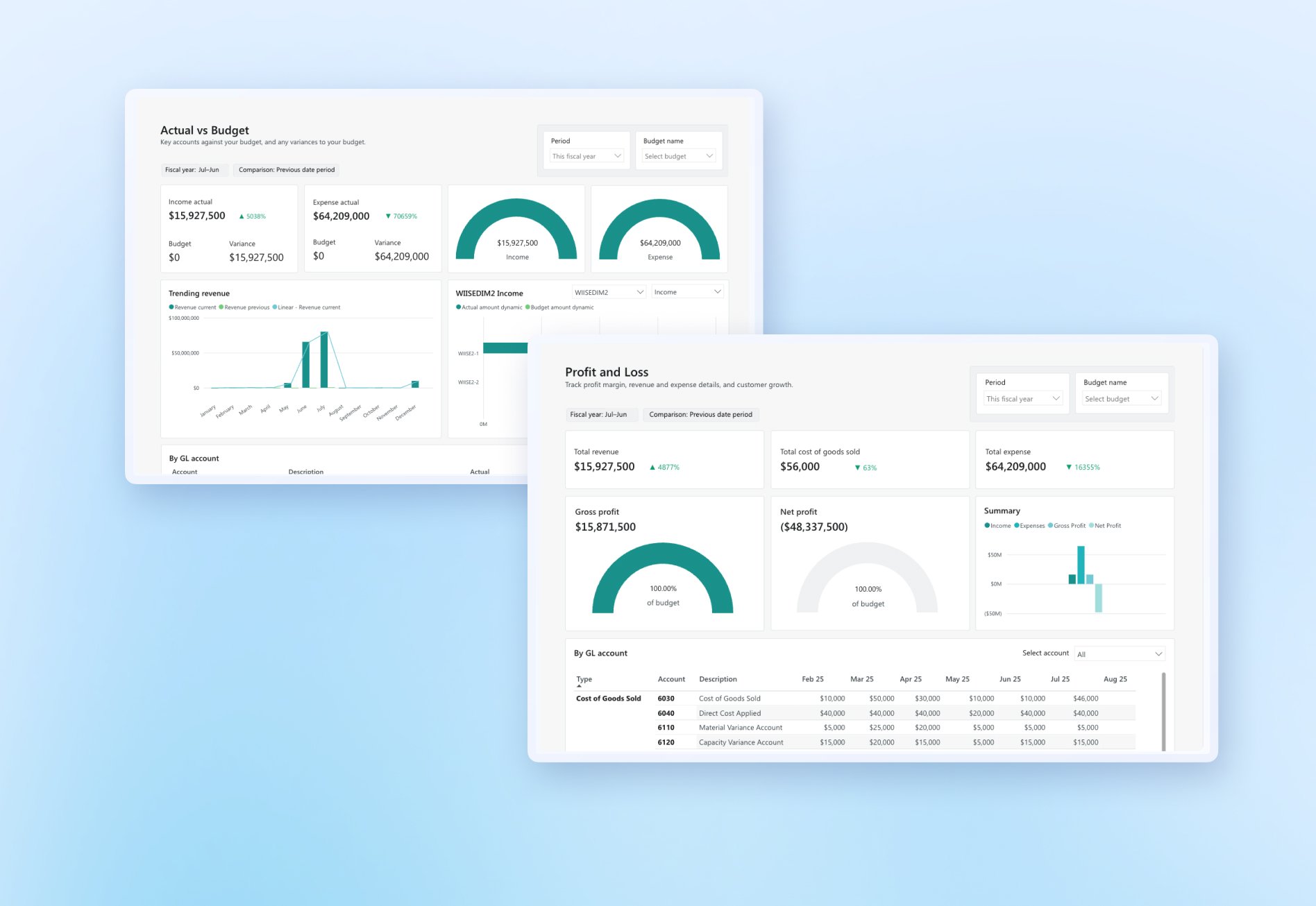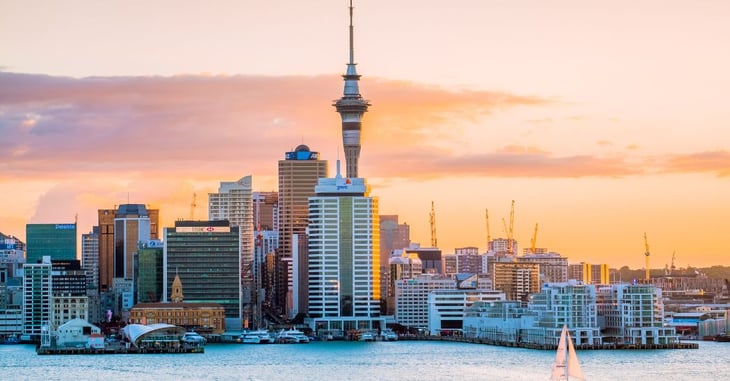Note: This article is now more than two years old and may contain information that is outdated or no longer correct.
A week is a long time in politics, and since we published this article, the Government has made further changes to the JobKeeper scheme. An additional $15 billion will be made available and businesses will now only need to show a fall in GST turnover for one quarter. Employees will also qualify if they were employed on July 1, a change to the previous date of March 1. This means that thousands more Victorians currently struggling through a second lockdown will be eligible for the subsidy. While most of the extra cash is expected to go to Victoria, the changes also apply across the country. You can find more details about the August 7 update on the Treasury website.
What's changing with JobKeeper?
On July 21, the Government announced an extension to the JobKeeper Payment until March 28 2021. Big relief for the many Australian companies and employees hit hardest by the COVID-19 pandemic. The JobSeeker payment will also be extended, but at a reduced rate.
From September 28 2020, eligibility for JobKeeper will be reassessed, and organisations will need to show that their turnover has continued to decline to qualify for further relief until January 3 2021. Eligibility will be based on turnover in the June and September quarters 2020. Companies will be assessed again in January 2021 to qualify for payment from January 4 to March 28 2021.
The JobKeeper payment will be $1,200 per fortnight, from September 28, for eligible employees who were working in the business for 20 hours or more a week on average before March 1 2020. And $750 per fortnight for employees who were working for less than 20 hours a week. This will reduce again from January 4 2021.
While there's some inevitable red tape involved, we're confident that businesses will benefit from this continued support.
What's new with JobSeeker?
The JobSeeker coronavirus supplement is also being cut after September to $250 a fortnight. So the total payment will go from $1,115 to $815. However, from the end of September, job seekers can earn $300 a fortnight before their JobSeeker payment is affected. The aim is to encourage people to find work without worrying about losing out on their JobSeeker payment. But the catch is that they'll have to look for work actively from the beginning of August.
More information about changes to JobSeeker payments after December is expected over the next few months.
KPMG's take
KPMG Chief Economist Dr Brendan Rynne thinks the Government has got the balance, length and level of payments on the mark.
"For JobKeeper, it makes sense that this wage subsidy program is extended beyond September simply because the economy has not recovered well enough from the initial shock of associated with the health policy responses to the coronavirus," Dr Rynne said.
"While there has been a recovery in certain hard-hit sectors – like food & accommodation and arts & recreation – the economy is still weak, and virus outbreaks in Victoria and NSW are threatening to delay any sort of rebound, with a knock-on effect on unemployment figures in July. So a further six months of support, albeit reduced, with enhanced targeting based on actual turnover change, is appropriate.
"JobSeeker... combined with the other support benefits provided by Government such as rental assistance, needs to be at an amount lower than the minimum wage so as to incentivise people to find employment; otherwise the labour market simply won't function in the way it should. So there is a fine balance that needs to be achieved when you set unemployment benefits for a society; and the figure announced Tuesday July 21 seems to me a sensible one."
You can find further details on the JobKeeper and JobSeeker changes on the ATO website. And if there's anything we can do to help, please give us a shout at hello@wiise.com.



